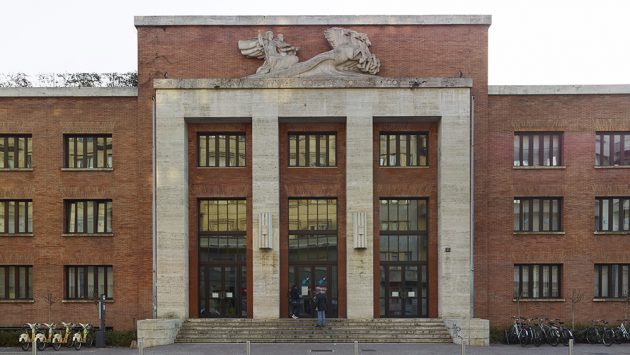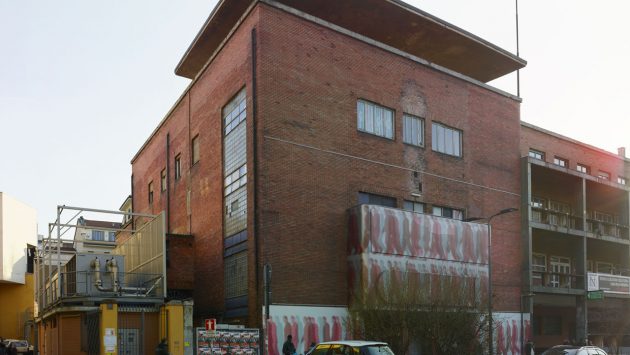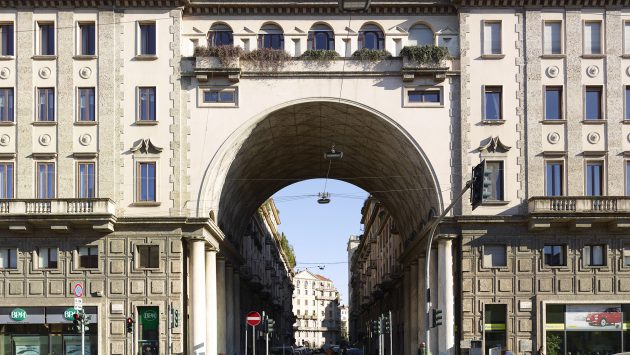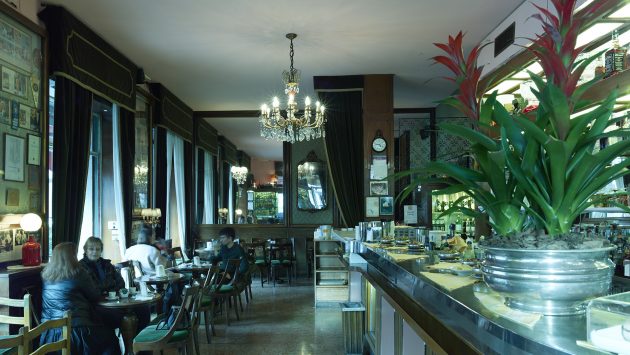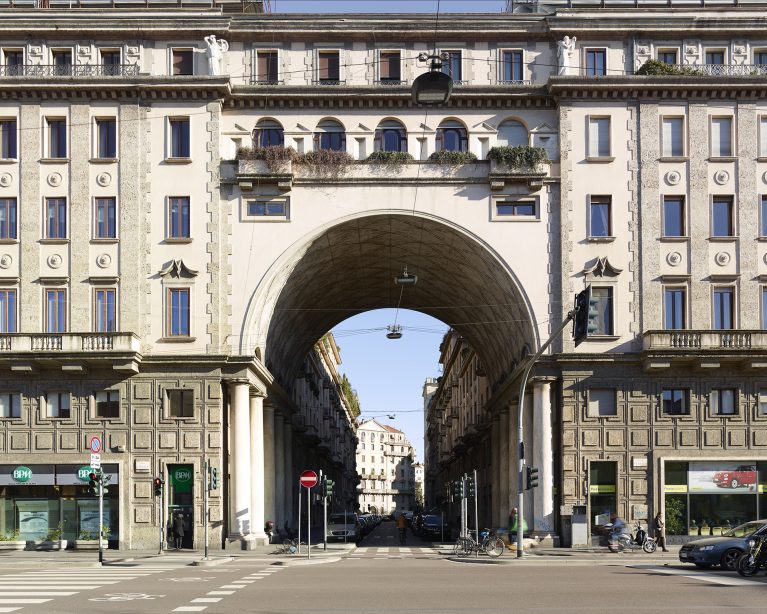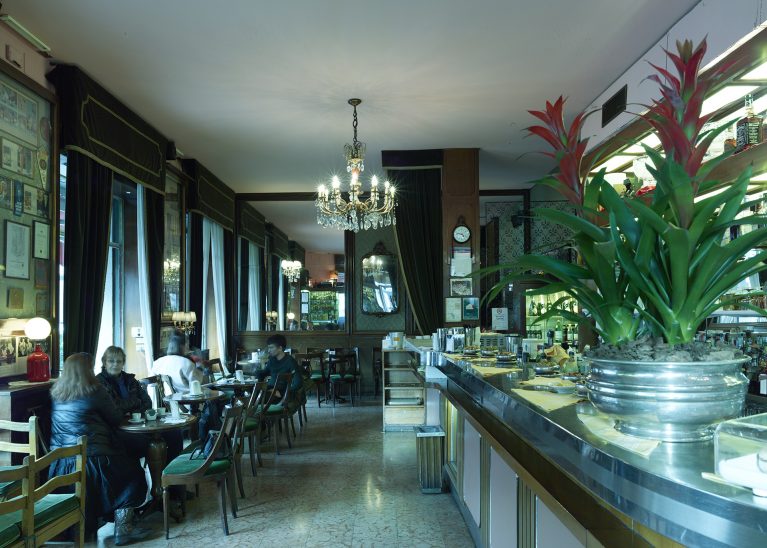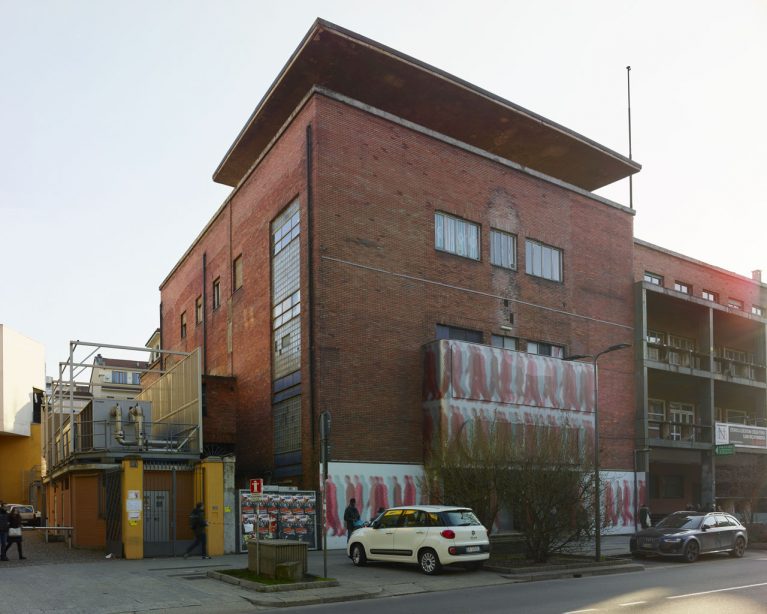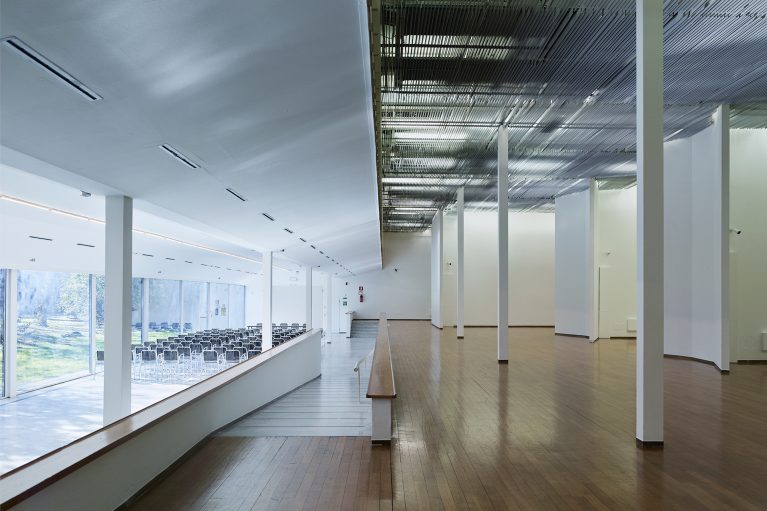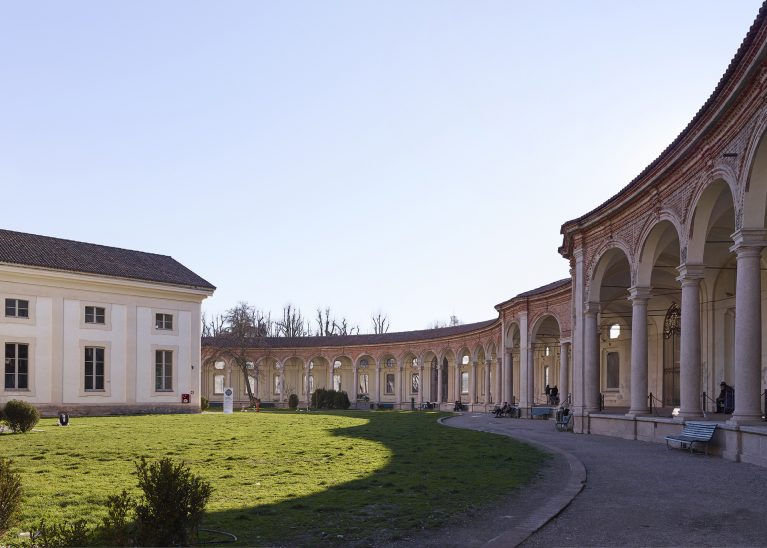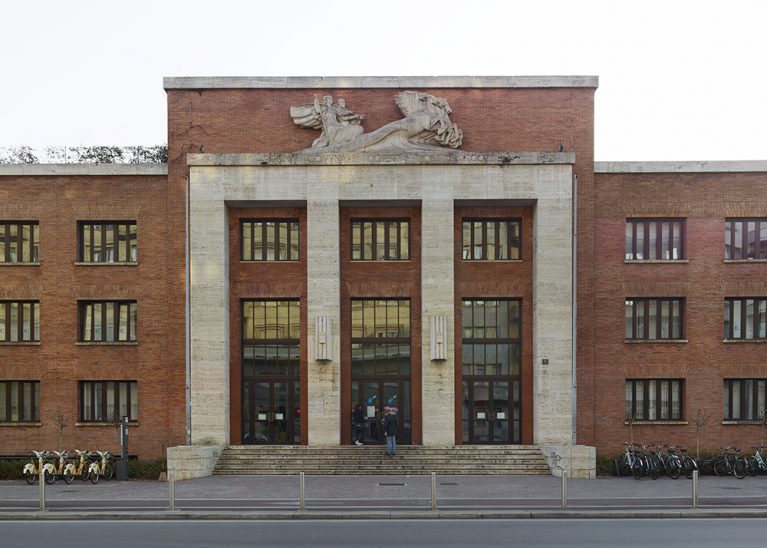itineraries
Discover Milan through the itinerary “The Mineral City”, starting from:
Beyond the bling of the central fashion district, a new hub of more informal shops and experimental bars and restaurants has sprouted up in the area that gravitates around Corso Venezia, Piazza San Babila, Corso Buonos Aires and Corso Monforte Monforte. A stylish district that brushes against the heart of the city, this area is filled with exemplary buildings rooted in the architecture of the 20th century. The result is a solid and austere urban profile that makes Milan a hard and mineral city.
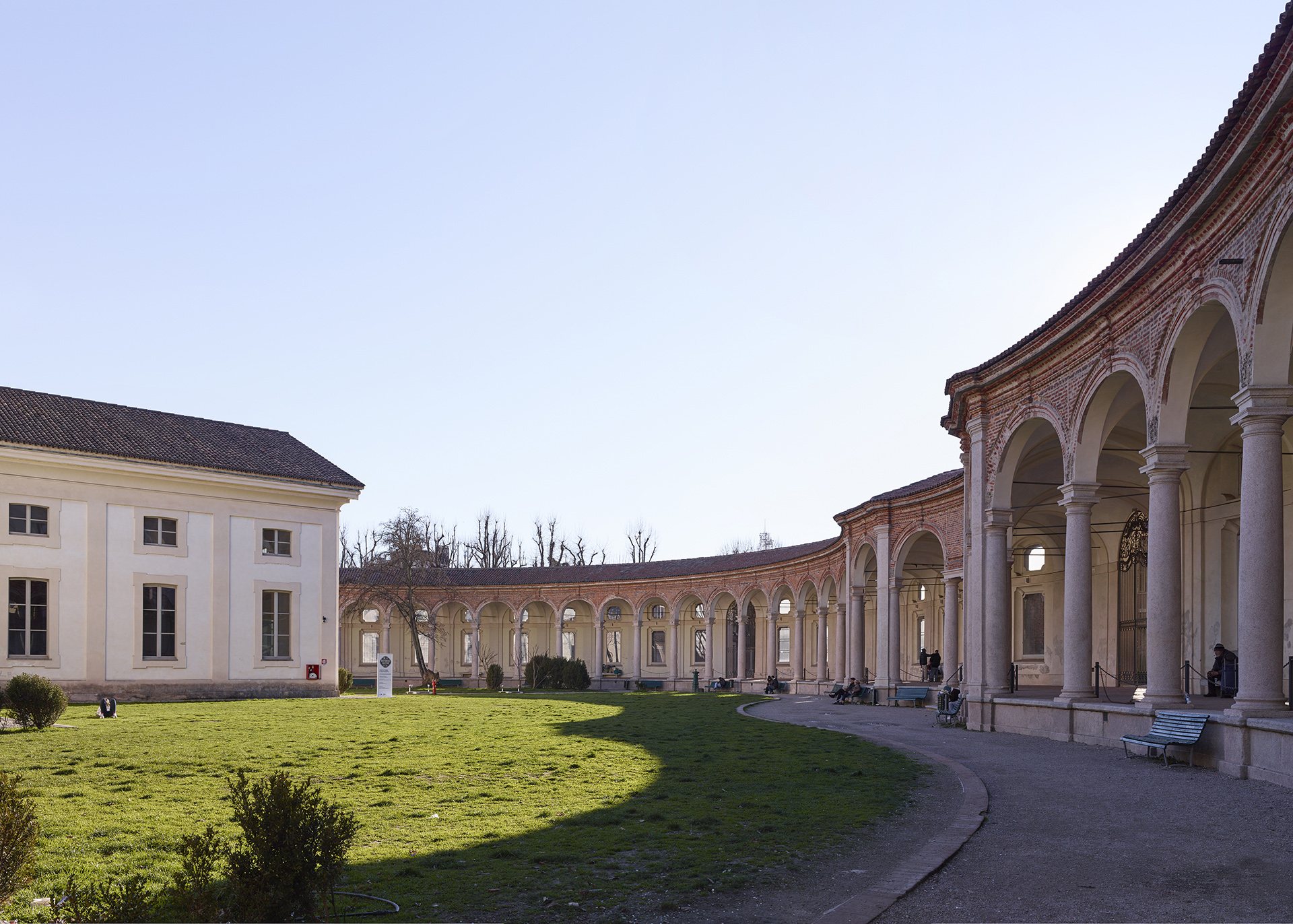
There are some fine pieces of baroque and neoclassical architecture in the Milan mineral city, such as the Palazzo del Senato and Palazzo Serbelloni. The area’s examples of 20th-century architecture (mostly built for middle-class clients) never display a sensational quality or modernity, and are always filtered by a certain bourgeois conformism loaded with references to the past. Italian architects have always placed importance on history, with which they are also well acquainted, and for this they are also judged. Some names include: Aldo Andreani, Luigi Caccia Dominioni, Figini and Pollini, Ignazio Gardella, Emilio Lancia, Giovanni Muzio, Marcello Piacentini, Gio Ponti, Piero Portaluppi, Giuseppe Sommaruga and Marco Zanuso.
Among others, this tour includes three interesting buildings from the 1930s. They are not exactly Fascist, but they subtly contain the concepts, symbols and out-of-scale proportions typical of the Fascist period: the Cozzi swimming pool (by Luigi Lorenzo Secchi) in Viale Tunisia; the Cinema Arti (by Mario Cereghini) in Via Borgogna; and the big Arch by Piero Portaluppi in Corso Venezia. As Maurizio Cattelan remarked: “It’s fascinating how certain historical periods – which in many ways produced little worth remembering, particularly due to their lack of freedom of expression – have nonetheless managed to leave a prominent mark from the perspective of urbanistic and architectural history.” The interviewees are almost all visitors to the city, and mostly not architects. Consequently they see Milan from a different perspective, and they are struck by details that the Milanese fail even to notice. Today, the prewar buildings attract more attention than the postwar buildings. Why? Furthermore, the restaurants and bars seem to attract more attention than buildings. Why? These two questions should be answered together, since they are two sides of the same coin. The prevailing idea (especially among designers) is that a building’s exterior and interior are – and must represent – opposite worlds. According to this idea, the architecture of the 1920s and ’30s is characterised by solidity and prowess, making Milan a hard, mineral city.
This conceptual, nude and cold architecture satisfies our minds and sense of logic. Jacques Herzog speaks of Milan’s “physical body”. Conversely, the interiors of many Milanese restaurants, shops, pasticcerie and bars emanate a warm and charming atmosphere. Corso Venezia, meanwhile, is assuredly one of the most designed boulevards in Milan. The street-side facades form an uninterrupted curtain that conceals classical courtyards, sumptuous gardens, grand stone staircases and high ceilings. Looking up, one glimpses luxuriant rooftop gardens resembling small forests that would have been the envy of Le Corbusier. The Indro Montanelli Public Gardens, meanwhile, form a green space of 17 hectares for children, the elderly and immigrants, but also for countless dog owners. Immediately opposite are the English-style Gardens of Villa Reale, with the Padiglione d’Arte Contemporanea (PAC) designed by Ignazio Gardella in 1949, a small masterpiece to be preserved like a jewel.
While exploring this area, be sure to stop at Pasticceria Sissi with its quaint garden. For an after-dinner drink, 11 Bar Basso is an unmissable spot during the Salone. Three recommendations for dinner: Al Girarrosto, where osso buco with saffron risotto is traditionally served in winter every Wednesday; Da Giacomo, an evocative setting redolent of early-20th-century Milanese trattorias; and Il Carpaccio. And for raw-food lovers, try Mantra Raw Vegan and its tasty avocado toasts.



